Viestisi on lähetetty.
Käsittelemme pyyntösi ja otamme sinuun yhteyttä mahdollisimman pian.
Lomake on lähetetty onnistuneesti.
Lisätietoja on postilaatikossasi.

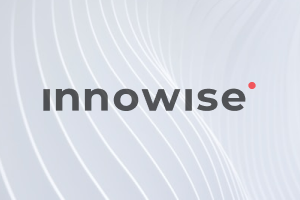
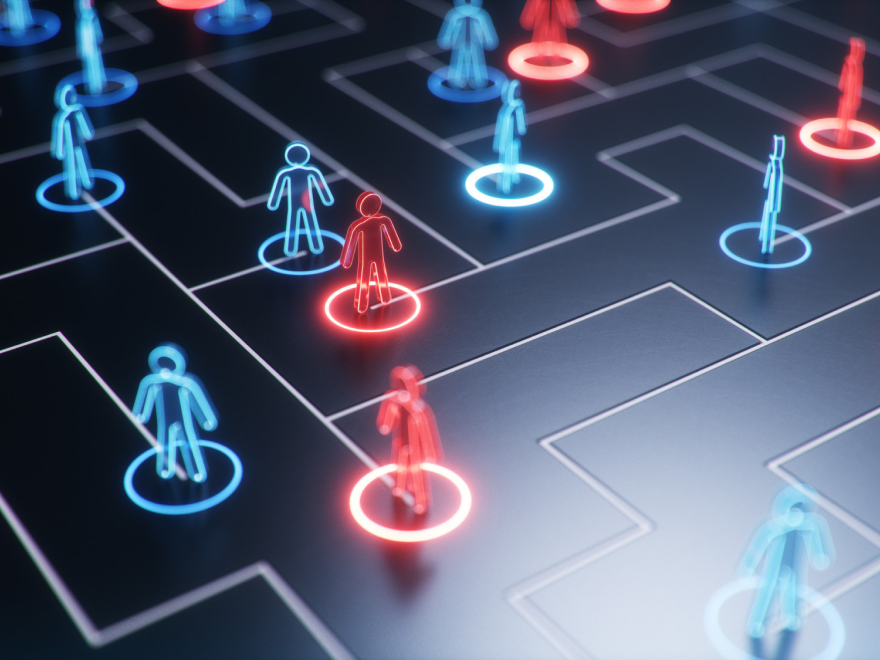
A few years ago, I noticed something unsettling on my team. Deadlines were met, meetings attended, tasks delivered, but the energy was off. Nobody was slacking, but nobody seemed to be in it, either. We weren’t missing goals, but productivity was slipping in subtle ways: longer feedback loops, less initiative, fewer fresh ideas.
That’s when it hit me: people weren’t disengaged because they didn’t care. They were disengaged because the work didn’t feel like progress anymore. No momentum, no recognition, no sense of play. Just a cycle. And no amount of corporate swag could bring it back.
So I started looking into HR gamification. At first, I just wanted to understand what motivates people beyond a paycheck. What I found surprised me: the same mechanics that pull users back into apps (progress bars, personal goals, team quests, visible wins) can do wonders inside companies, too.
This article is the result of that exploration. I’ve pulled together some of the best examples of gamification in HR (from recruitment to performance) that work. Tools that make employees feel seen, not judged. Workflows that spark curiosity instead of compliance.
Mennään asiaan.
For many candidates, the hiring process is their first real interaction with your brand, and far too often, it’s a forgettable one. From bland application forms to generic job descriptions and clunky assessments that feel more like chores than opportunities. It’s no wonder good candidates drop off early.
Recruitment gamification changes that. By turning recruitment into a more interactive, rewarding experience (challenges, scores, progress markers), you shift the dynamic. Candidates don’t just apply. They participate. And the ones who engage are often the ones who enjoy a challenge. They’re the curious, driven, problem-solvers you really want on your team.
Even for the ones who don’t make it through, you’ll still leave a lasting impression.
Our first example is a throwback to 2004, where a mysterious billboard popped up on Highway 101 in Silicon Valley. It read: “{first 10-digit prime found in consecutive digits of e}.com"
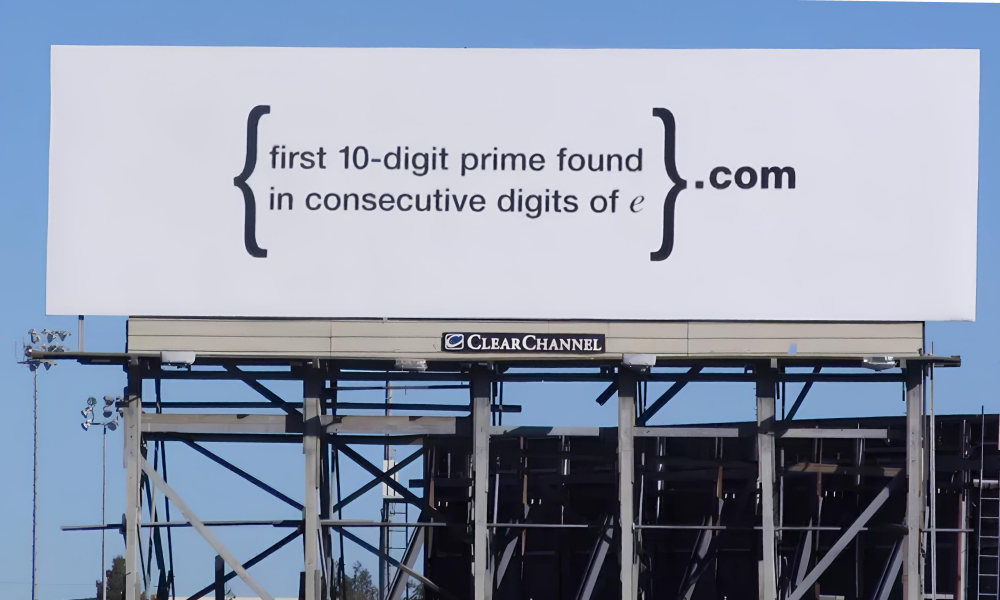
That was Google. And that wasn’t just an ad, it was a filter. If you solved the riddle, you’d land on a site with another puzzle. And solving that earned you a chance to interview
It was the ultimate recruitment funnel for curious problem-solvers, and it worked. Not only did it attract high-caliber candidates, but it also did what no job board ever could: it pre-qualified applicants based on how they think, not just what they claim.
The UK’s Government Communications Headquarters (GCHQ), the same agency famous for breaking Nazi codes in WWII, ran a bold digital campaign back in 2011. They launched a cryptographic puzzle on a site called CanYouCrackIt.co.uk with no branding, no pitch, just an encrypted image. If you solved the puzzle, you unlocked not just the source code but a hidden invitation to apply for a cybersecurity role.
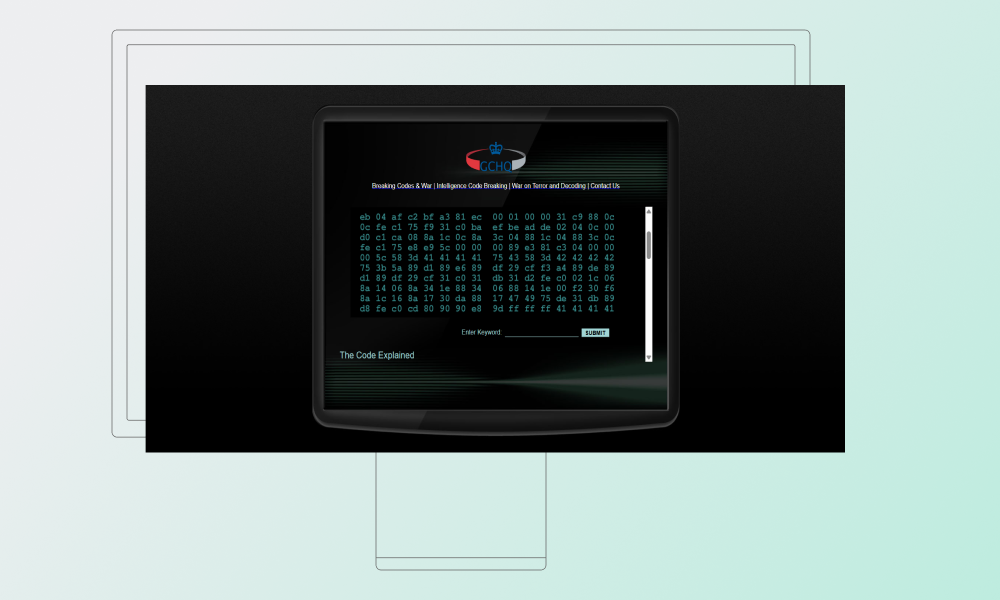
The results? Over 95 million site visits. Around 5,000 applicants ja 170 serious candidates advanced. GCHQ’s Head of Resourcing called it a “game-changing” way to source undiscovered talent.
Deloitte, in partnership with Gamehill, created Deal Maker, a recruitment game designed to simulate the real work of a consultant before day one. Players navigate a virtual business deal, making strategic choices and handling shifting client expectations along the way.
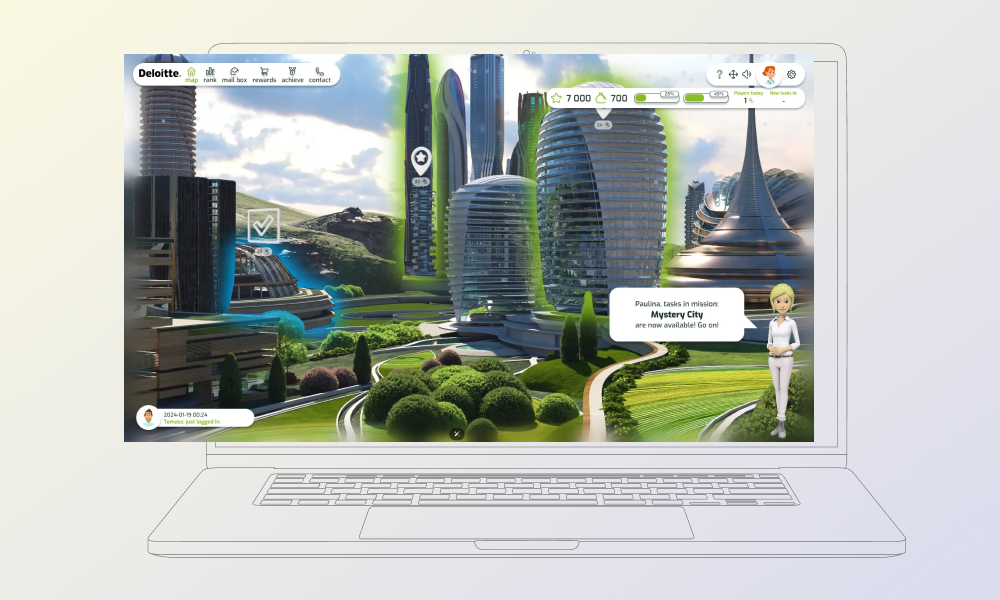
What sets it apart is how it blends pre-onboarding with recruitment. It gives candidates a taste of the job, filters for decision-making ability, and reinforces Deloitte’s brand as a place for sharp, agile thinkers.
Gamified recruitment appeals to intrinsic motivation: mastery, autonomy, and progress. It turns evaluation into exploration. Instead of saying “Prove yourself,” it invites candidates to say, “Let me show you how I think.”
It’s good both for candidates and hiring teams: faster filtering, more relevant shortlists, and a lot less ghosting. Because when the process respects people’s time and intelligence, they usually stick around to see where it leads.
Onboarding is one of those make-or-break moments. Get it right, and people feel like they belong from day one. Get it wrong, and you’re quietly nudging them toward the exit within the first 90 days.
So many companies treat onboarding as a checklist: read these docs, attend this training, fill out these forms. But no one’s excited to consume content passively in their first week. What works better is creating an experience where new hires actively explore, progress, and get rewarded along the way.
A few years back, Deloitte created a self-paced onboarding game called The Chosen Analyst. The concept? New hires had to survive a zombie apocalypse by solving consulting challenges: crafting PowerPoints, building Excel models, and completing mock client tasks. Each correct solution unlocked the next chapter.
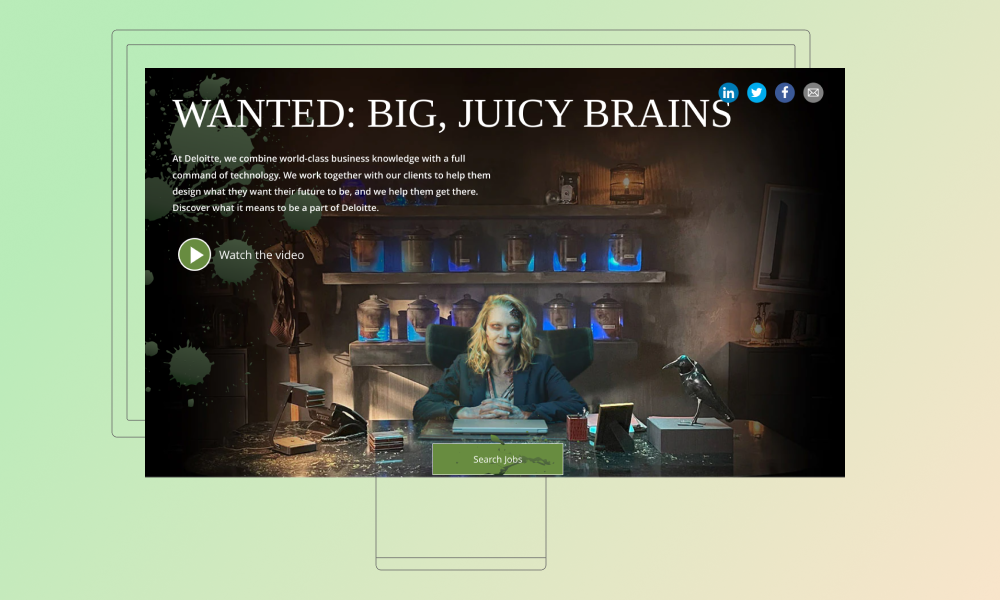
Sounds wild, right? But it worked. The narrative added just enough friction to make it fun. Trainees collaborated, competed, and most importantly, retained what they learned. Deloitte reported shorter ramp-up time and stronger peer bonding as a result.
My team recently worked with a client who wanted to make remote onboarding more engaging and more fun.
So we helped them develop a 3D virtual office, complete with custom avatars, room-to-room navigation, and embedded onboarding tasks. New hires could explore the workplace, “meet” team members in virtual rooms, and unlock achievements as they progressed. HR could track where people got stuck, what they skipped, and how engaged they were.
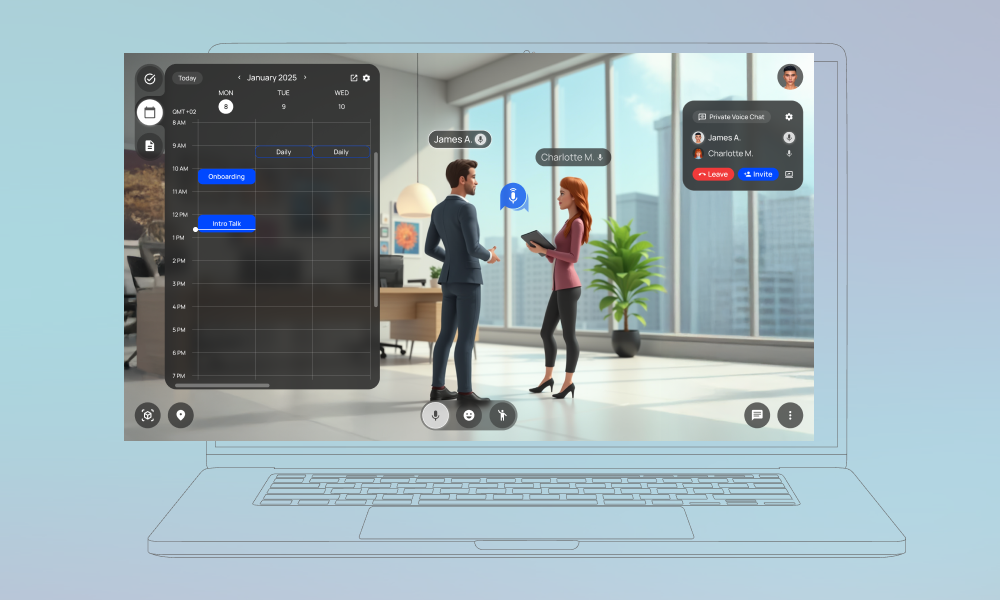
It wasn’t just tech for tech’s sake. It was a way to lower first-week anxiety, especially for remote hires, and replace info dumps with interaction.
The psychology is simple: exploration beats instruction. When new hires feel like they’re playing a game (discovering, progressing, leveling up), they absorb more. They get into context faster. And they form an emotional connection to the company from the start.
If you’ve ever watched someone mindlessly click through a training module while messaging on the side, you know the problem. Most training solutions suffer from the same flaw: they assume attention is automatic. But in reality, people don’t learn just because content exists; they learn when the process pulls them in.
Gamification in human resources adds that pull. It can turn passive learning into something that feels active, even enjoyable. It’s not about making training “fun” for the sake of it. It’s about making it feel rewarding.
Cisco turned its global social media certification into a game. Employees completed levels to earn badges and unlock new modules, with friendly competition encouraged across teams.
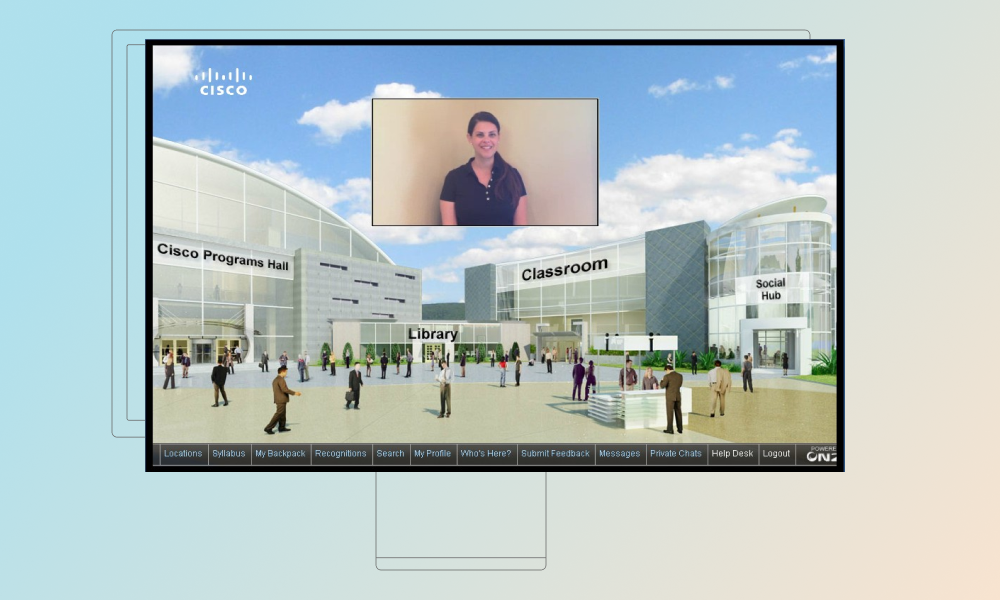
The game element transformed what could have been a dry, policy-heavy slog into a goal-driven journey. Over 650 employees joined voluntarily and stuck with it. The company credited the program with building stronger, more confident digital ambassadors internally.
SAP’s sales team needed help mastering a complex product catalog and improving customer conversations. So the company kehitetty Roadwarrior, a mobile training game where reps simulate travel, meet fictional clients, and choose how to respond to tough questions.

SAP reported significant improvements in both product confidence and sales performance as a result.
Gamified training makes learning visible. It turns information into experience. That’s why these tools consistently outperform static e-learning when it comes to engagement and retention.
You can’t force people to care about work. But you can design systems that help people feel progress, purpose, and recognition. This way, people stay engaged and invested in what they’re doing.
Microsoft needed help improving product translations. Rather than assign a tedious QA task, they turned it into a crowdsourced game: employees earned points and badges for spotting awkward or incorrect phrasing in their native language.
The game made the task feel personal and worthwhile. And engagement surged.
This ingenious approach worked so well that Microsoft made several more gamified experiences, including The Code Review Game and PageHunt.
Google’s internal gThanks system solved a familiar problem: recognition was rare, and often too formal to feel meaningful. The goal was to make appreciation more frequent and visible. In gThanks, employees could send kudos to coworkers, which was publicly visible, managers and teams see the appreciation, and some teams even track informal “kudos leaders” each month. It’s not flashy, but it worked, and recognition became a habit.

Side note: At Innowise, we have our own internal engagement gamification tool. It’s not for tracking tasks, but for spotlighting the everyday impact that often goes unnoticed. The kind of effort that doesn’t make it into Jira tickets or quarterly reviews, but keeps teams thriving. Managers can assign meaningful activities and tie them to bonus points. Employees, in turn, can redeem their rewards for company merch or small perks that add a bit of joy to the routine. Simple, intentional, and surprisingly effective.
Engagement is driven by progress and recognition. Gamified systems make both tangible. They embed emotional rewards into everyday work and help people connect their effort with meaning.
Performance management is one of the trickiest areas to gamify, because done wrong, it turns into a scoreboard. And nobody wants to feel like they’re being watched for points.
But if done right, it becomes a feedback engine. It creates transparency around progress, encourages goal alignment, and helps people see how they’re growing (not just hear about it once a quarter).
Salesforce gamified some of its internal sales activities using a game called Big Game Hunter. Reps earned points for completing specific actions (prospecting, qualifying leads, or moving deals forward) and could see their progress visually alongside teammates.
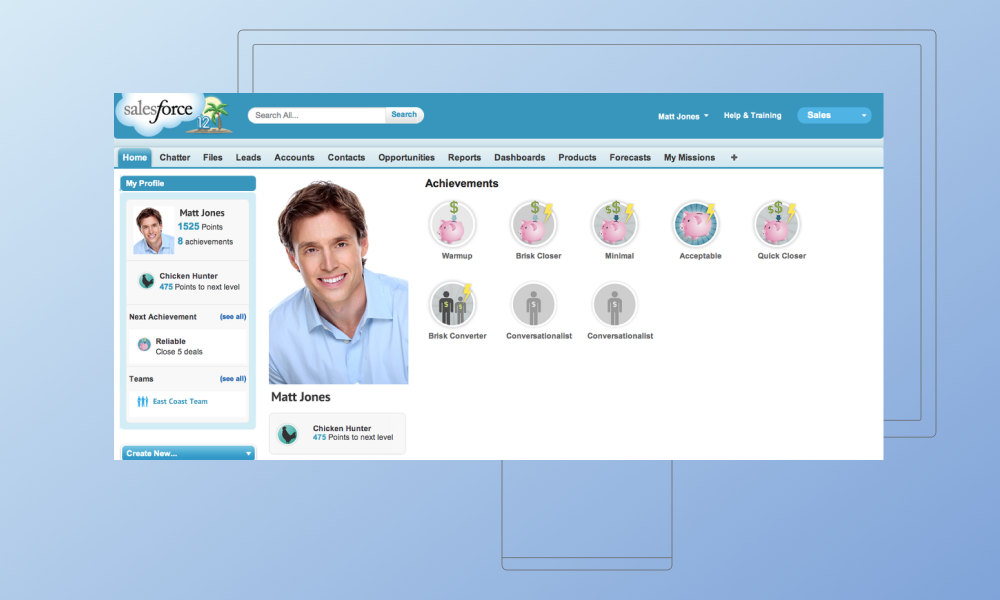
What made it smart was the focus: it rewarded behaviors, not just outcomes. That meant even junior team members could build momentum and feel recognized early, while leaders could spot bottlenecks faster.
Cloud call center provider LiveOps introduced gamified dashboards for its remote agents. Rather than being evaluated privately through monthly reports, agents could track their own KPIs (like call resolution and satisfaction) in real time.
Top performers earned badges, but more importantly, everyone could see where they stood, what was improving, and what needed work. The transparency helped reduce the “black box” feeling many employees have about performance reviews.
Feedback works best when it’s frequent, specific, and actionable. Gamification bakes that into the system. It creates micro-moments of clarity: “here’s how I’m doing, here’s where I’m headed”. Employees can use it to self-correct without waiting for formal reviews.
You can gamify HR without relying on expensive visuals or game-like graphics. What drives results is a system that builds momentum, provides timely feedback, and offers meaningful milestones people can look forward to — the very elements most workflows leave out.
Here’s how to design that experience across onboarding, training, recognition, and performance.
Don’t gamify “HR” as a whole. Pick one problem area with clear actions and poor engagement. Start there.
For example:
Gamification works best when it targets one behavior and redesigns the experience around it.
To gamify a workflow, you need to understand how it plays out from the employee’s perspective. This means mapping the journey step by step, just like a product team would when designing user flows.
Let’s take onboarding as an example. A typical flow might look like this:
Once you’ve mapped the journey, ask:
This is your opportunity to identify friction points — moments where motivation drops, confusion sets in, or the process feels purely administrative. These are the moments where gamification can create real value by adding structure, guidance, and reward.
You’re not just looking at tasks. You’re identifying emotional gaps in the experience and planning how to fill them.
Once you’ve mapped the workflow and spotted where people lose interest or momentum, the next step is to redesign those moments so they feel rewarding, engaging, and human.
Let’s say you’re working with a basic training program or onboarding flow. People are completing tasks, but it’s mechanical. There is no sense of progress, no emotional lift. And a few months in, they struggle to recall key info or apply it confidently. That leads to repeated mistakes, extra supervision, and slower time to full productivity. Here, you don’t need a full redesign. You just need to add small motivational triggers that nudge behavior in the right direction.
Here’s what that can look like:
This is the tactical layer. You don’t need to add everything. Choose 2–3 that match the culture.
Popular mechanics are:
The key: mechanics must reward the desired behavior. Not attendance but participation.
Ammattilaisten vinkki: Match mechanics to culture.
A leaderboard in a competitive sales team? Great.
A leaderboard in a company full of introverts? Probably a nightmare.
If your team is casual and supportive, peer recognition works better than strict rankings. If your culture values independence, build opt-in quests rather than mandatory progress. Gamification only works if it feels like you.
Once you’ve defined what to gamify and how you want people to engage, it’s time to decide how to make it happen.
There are 3 paths companies usually take.
First, they use a ready-made platform. Ideal for teams that want to move quickly without building from scratch. Platforms like the one we helped develop let you:
If your workflows are straightforward, this is often the fastest way to launch and learn what works.
Some well-known tools include: Bunchball, Centrical, Kahoot! 360, Mambo.io, Playlyfe Catalyst.
The second is customizing lightweight tools. If you’re already using tools like Google Forms, Notion, or basic LMS software, you can build in gamification features without switching platforms. We’ve seen companies:
This approach gives you more control without needing to hire a full dev team.
Third, build a tailored solution. For teams with complex processes or cross-tool integrations (like Slack, Jira, or Trello), a custom build gives you full ownership. You can:
We usually recommend starting with one focused workflow (onboarding or feedback) and expanding once it proves effective.
The key is to choose the method that fits your company’s size, goals, and pace. Gamification doesn’t need to be complicated; it just needs to feel natural for the people using it.
Ammattilaisten vinkki: If you’re looking to build a custom gamification experience, from onboarding journeys to engagement dashboards, Innowise can help. And if you’re exploring HR tech providers, companies like HRsync also offer tailored gamification tools built from the ground up to match your workflow.
Gamification isn’t “set it and forget it.”
Run a pilot. Start with one department. Watch:
Use feedback loops (i.e., short pulse surveys or in-platform prompts) to improve. Once it works, scale to other teams or workflows.
Disengaged teams drag down performance. Gamification gives people visible progress and reasons to care. Not once a quarter, but every day, they show up to work.
Here’s what companies gain when they get it right:
Work feels better when it’s built around progress. And teams perform better when they feel it.
Great HR teams design systems that motivate people to act, grow, and stay engaged. Gamification builds that kind of system.
The best examples of gamification in the workplace — from Deloitte, Microsoft, Google, and our own — show how small mechanics can drive real behavior change. Visible progress, peer recognition, and timely feedback turn routine workflows into experiences that people connect with.
Points and badges are just tools. The real outcome is emotional investment: people feel seen, supported, and excited to move forward.
Gamification works when you treat it as a design system for motivation. Start with one workflow. Apply mechanics that match your culture. Measure what changes.
That’s how you build HR processes people genuinely want to engage with.
Dmitry johtaa teknistä strategiaa räätälöityjen ratkaisujen taustalla, jotka todella toimivat asiakkaille - nyt ja heidän kasvaessaan. Hän yhdistää ison kuvan vision ja käytännön toteutuksen ja varmistaa, että kaikki rakennustyöt ovat älykkäitä, skaalautuvia ja linjassa liiketoiminnan kanssa.
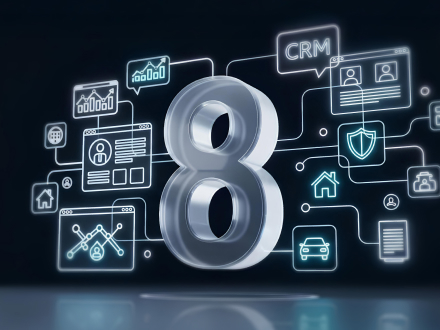

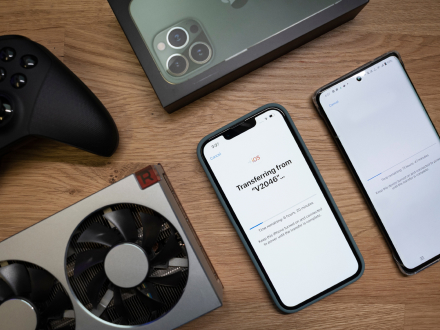

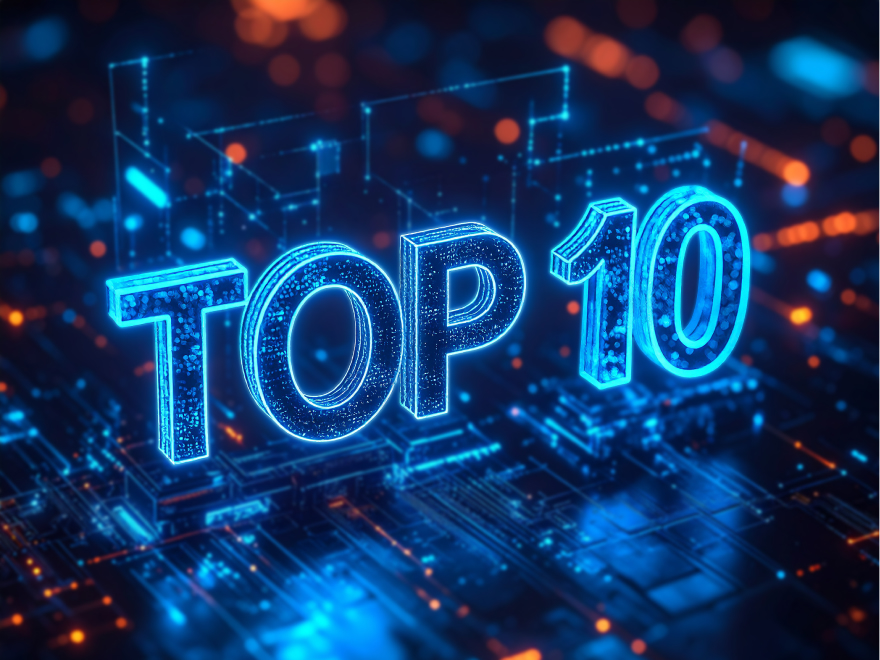


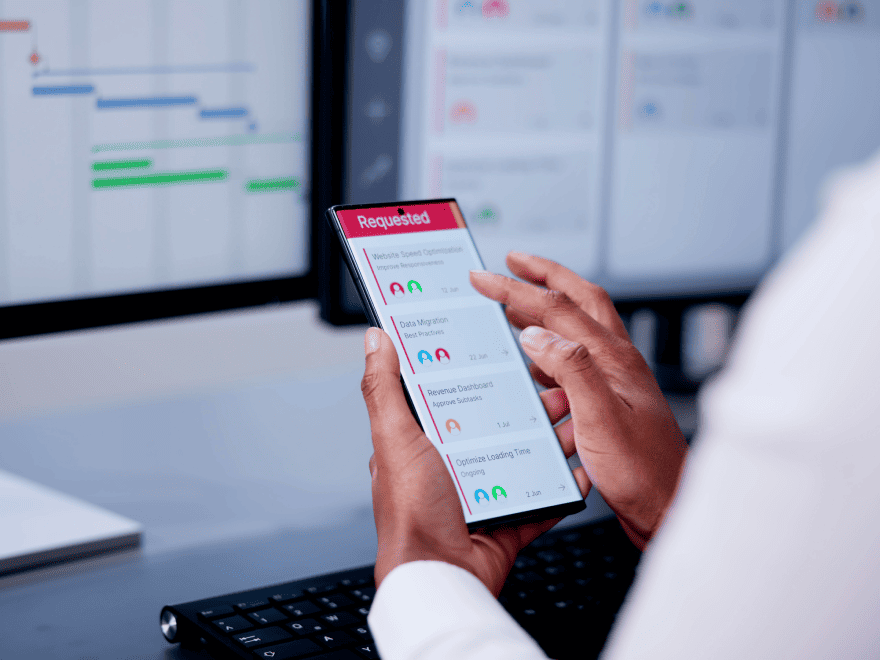
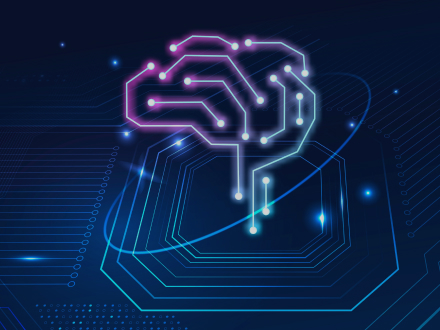

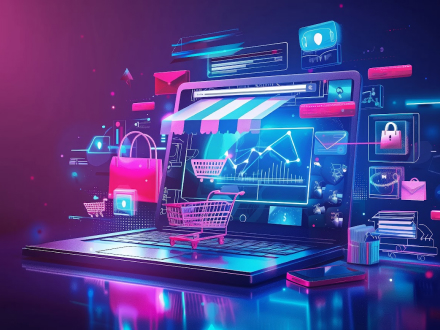

Viestisi on lähetetty.
Käsittelemme pyyntösi ja otamme sinuun yhteyttä mahdollisimman pian.

Rekisteröitymällä hyväksyt Tietosuojakäytäntö, mukaan lukien evästeiden käyttö ja henkilötietojesi siirto.